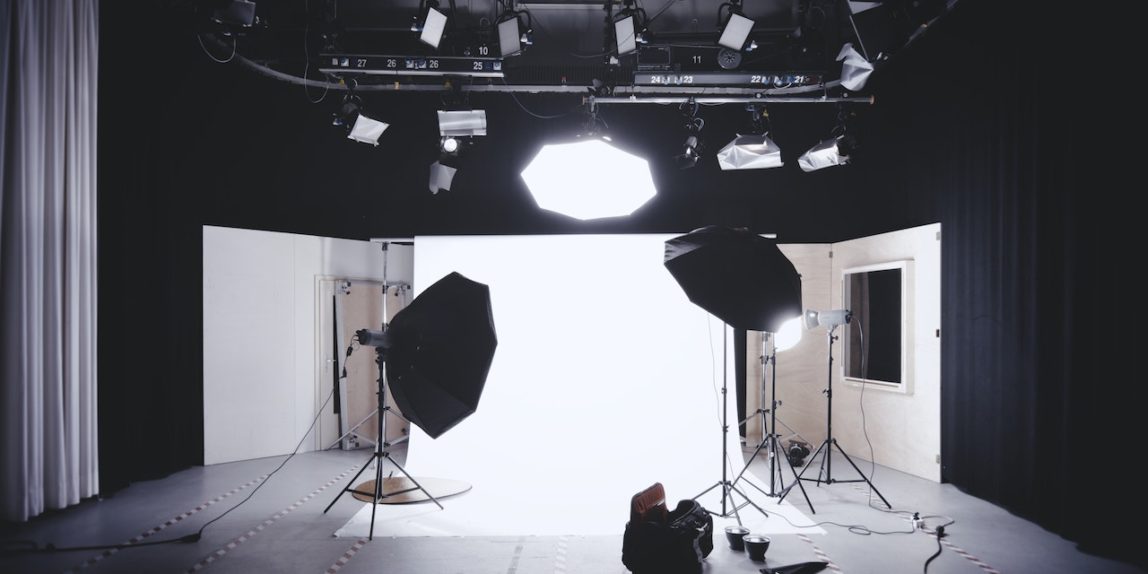Digital photography is a popular hobby and can even be a rewarding and relatively lucrative career. The average wage for full-time photographers, according to the Federal Bureau of Labor Statistics, is $40,000 per year, while the highest-paid top 10 percent earn more than $77,000 annually.
However, those just getting into photography might be intimidated by some of the technical jargon, which includes important terms like aperture, ISO, shutter speed, and RAW. The following is a breakdown of those and other photography terms.
1. Aperture
Aperture affects photo quality, specifically depth of field and exposure. It refers to the size of the opening in the camera lens and can be adjusted to control the amount of light that reaches the sensor. The wider the aperture, the more light reaches the sensor, thus creating brighter photographs. A smaller aperture restricts the amount of light from reaching the sensor, creating darker images.
The diameter of the aperture is called the f-stop and is measured from 1.8 to 22. The smallest f-stop, written as f/1.8, is the largest opening that allows for the maximum amount of light, while the largest, f/22, is the narrowest aperture. Aperture, shutter speed, and ISO all affect an image’s exposure. Aperture can also affect image focus. Narrow apertures result in sharp images, while wide apertures create diffused, unfocused backgrounds.
2. Depth of Field
Depth of field refers to everything that is in focus in a single shot, whether it’s in front of or behind the subject. Landscape photos usually have a large depth of field, with most of the image in focus. In contrast, portraits usually have a shallow depth of field, creating a soft background behind a sharp, in-focus subject.
Depth of field is determined by aperture, distance to the subject, and focal distance. Most landscape photographers use an aperture between f/8 and f/11 to create sharp images with every element in focus. A smaller aperture is preferred for portraits. Photographers can increase the depth of field by moving farther away from their subjects or using a wide lens, ideally 16-35mm.
3. Exposure
Exposure, controlled through aperture, ISO, and shutter speed, refers to how dark or light an image is. Dark photos are underexposed, meaning insufficient light reaches the camera’s sensor. Light photos are considered overexposed.
Depending on the model, photographers can choose if they want their shot overexposed or underexposed through what’s known as exposure compensation. This is measured in stops of light, with positive numbers indicating more light and negative numbers meaning less light.
4. ISO
ISO refers to the sensor’s sensitivity to light and can be adjusted easily on digital cameras; film cameras, however, require specific rolls with predefined ISO numbers. The most common ISO range is 200 to 1600, but some digital cameras can have an ISO as low as 50 or exceeding 3 million. The lower the ISO, the more natural light is required for a balanced, properly exposed photo. This means an ISO of 200 is perfect for shooting during the day in natural sunlight.
Photographers shooting in low-light situations, then, must crank up the ISO until there’s proper exposure. An ISO 3200, for instance, is suitable for shooting in low light. It’s important to note, however, that increasing the ISO results in grainy shots, usually with less detail.
5. Noise
Noise is the term used to describe the small colored specs in grainy images that result from a higher ISO. A slow shutter speed can also create noise in images.
6. RAW
Photographers usually shoot in either JPEG or RAW. Although JPEG is more common, RAW is preferred by those who meticulously edit their photos since it allows for more control. Unlike JPEGs, which are already somewhat processed, RAW files are digital negatives that require special software to open. They’re larger in file size and better in image quality than JPEG.
In addition to improved quality, shooting in RAW allows for greater levels of brightness and enhanced details. RAW also prints better than JPEG.
7. Shutter Speed
Shutter speed, the third factor that affects exposure, refers to the amount of time the camera sensor is exposed to light. It can usually be adjusted on a dial on the camera or in the menu. It usually ranges from 1/8000th to 1/4000th of a second but can go as long as 30 seconds.
The faster shutter speeds are preferred for sports photography because they allow the photographer to capture a single millisecond without motion blur. A telephoto lens is also preferred for sports photography. Slow shutter speeds are best used for night and landscape photography.
8. White Balance
Most cameras have an auto white balance setting, so beginner photographers may not need to worry about this. It’s still important to know, however. The white balance refers to a compensation of the temperature of the light in certain shots to create images with authentic color. Without proper white balance, images shot in certain settings can have a blue or yellow hue.
